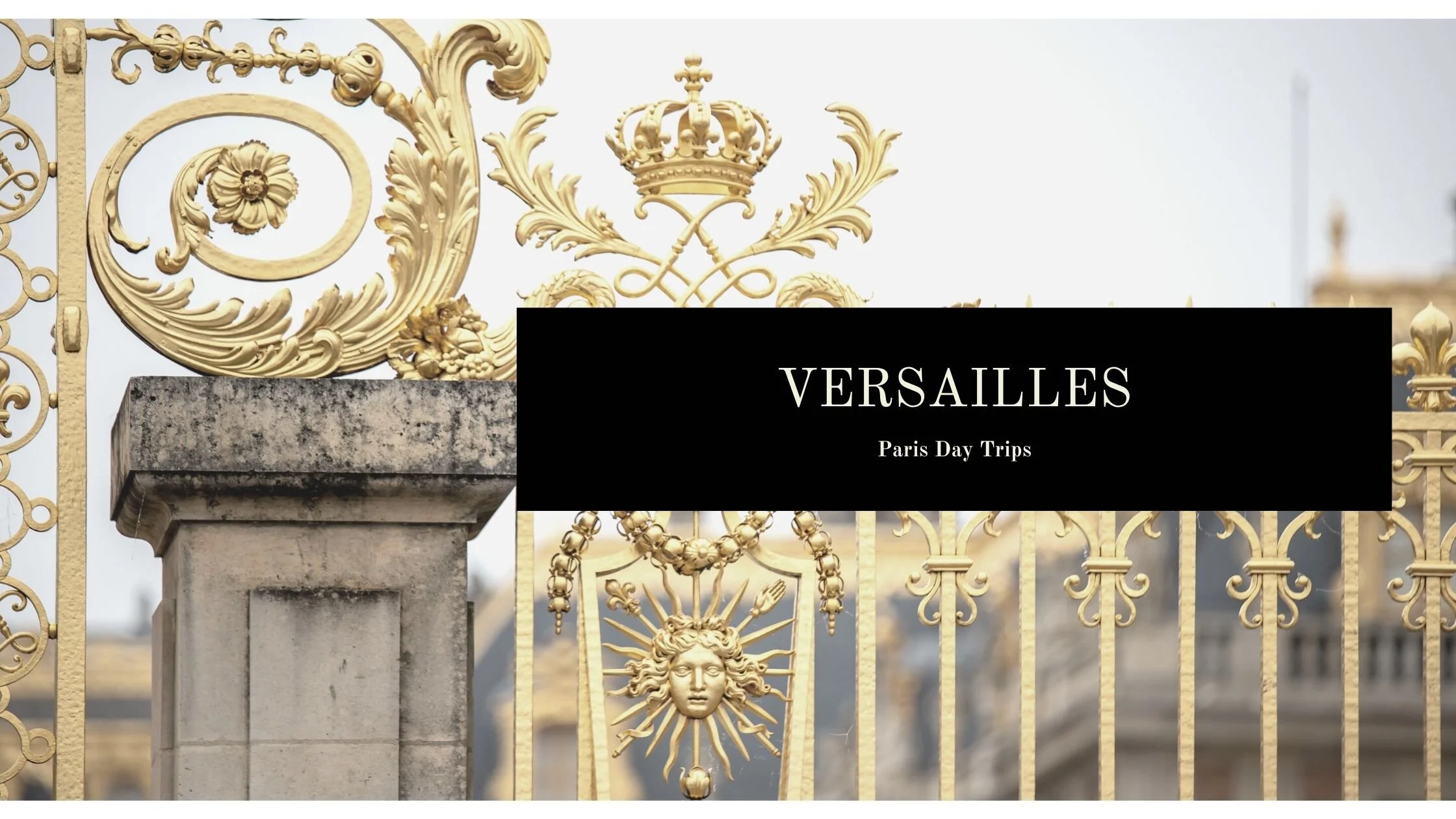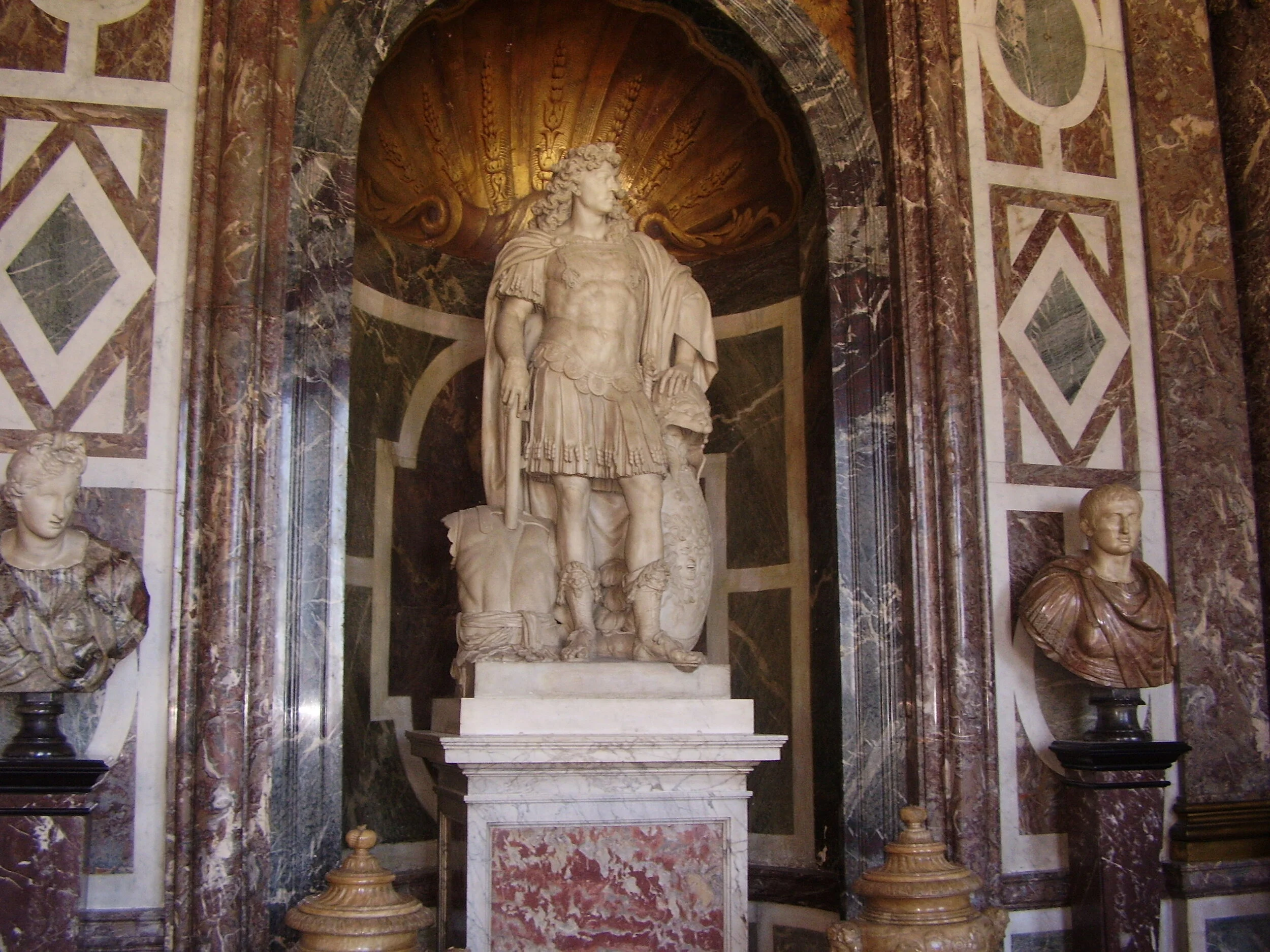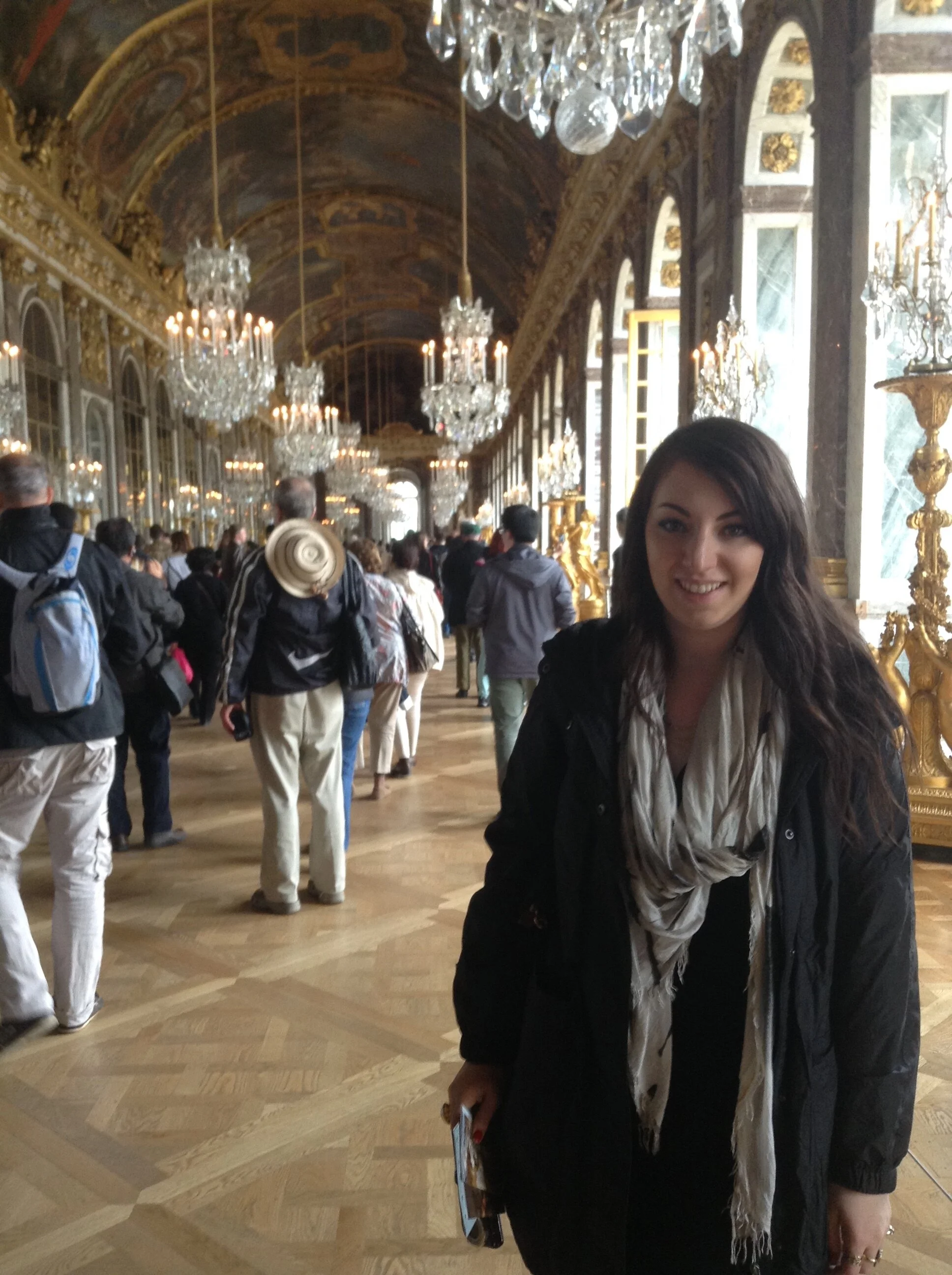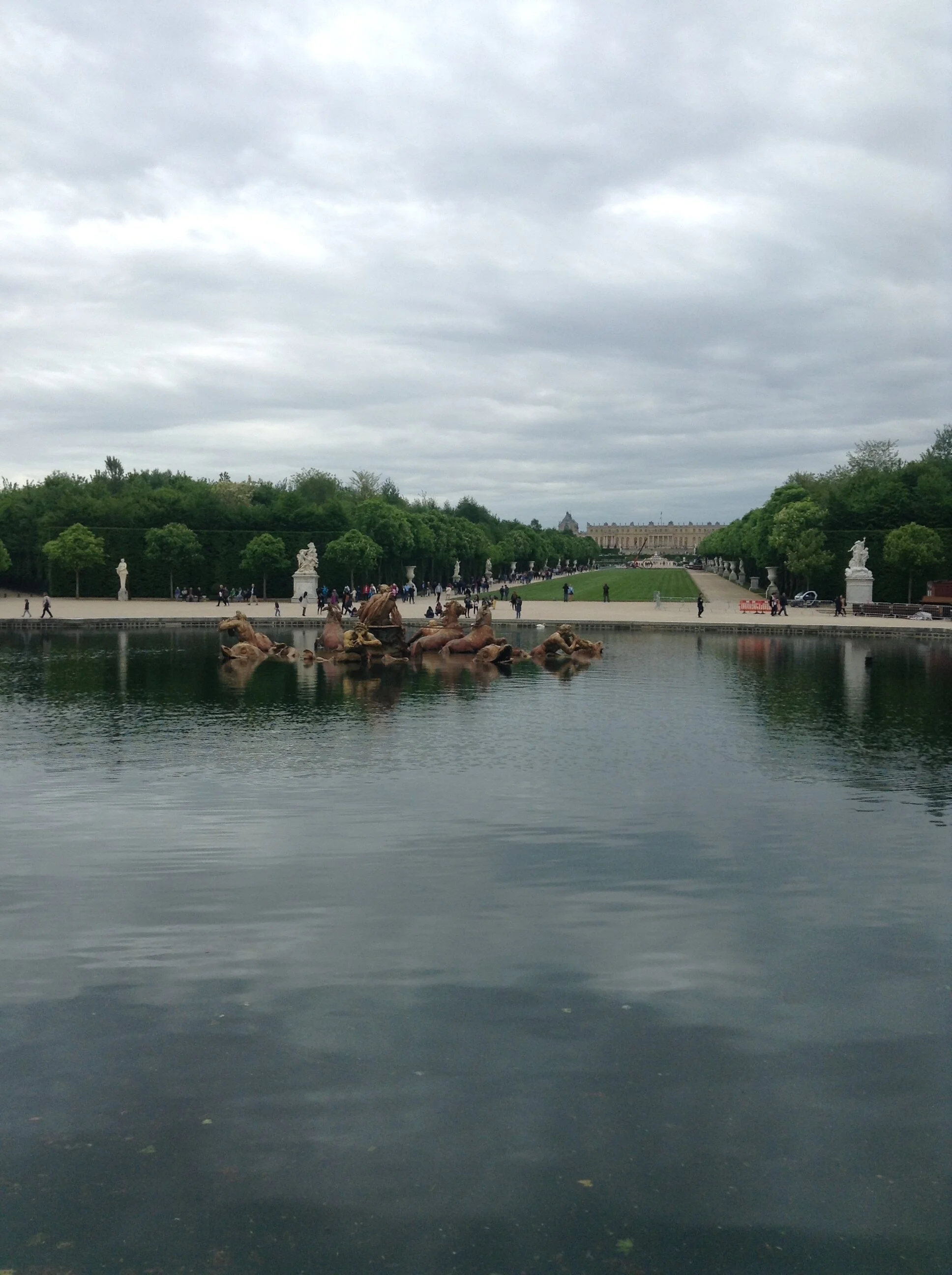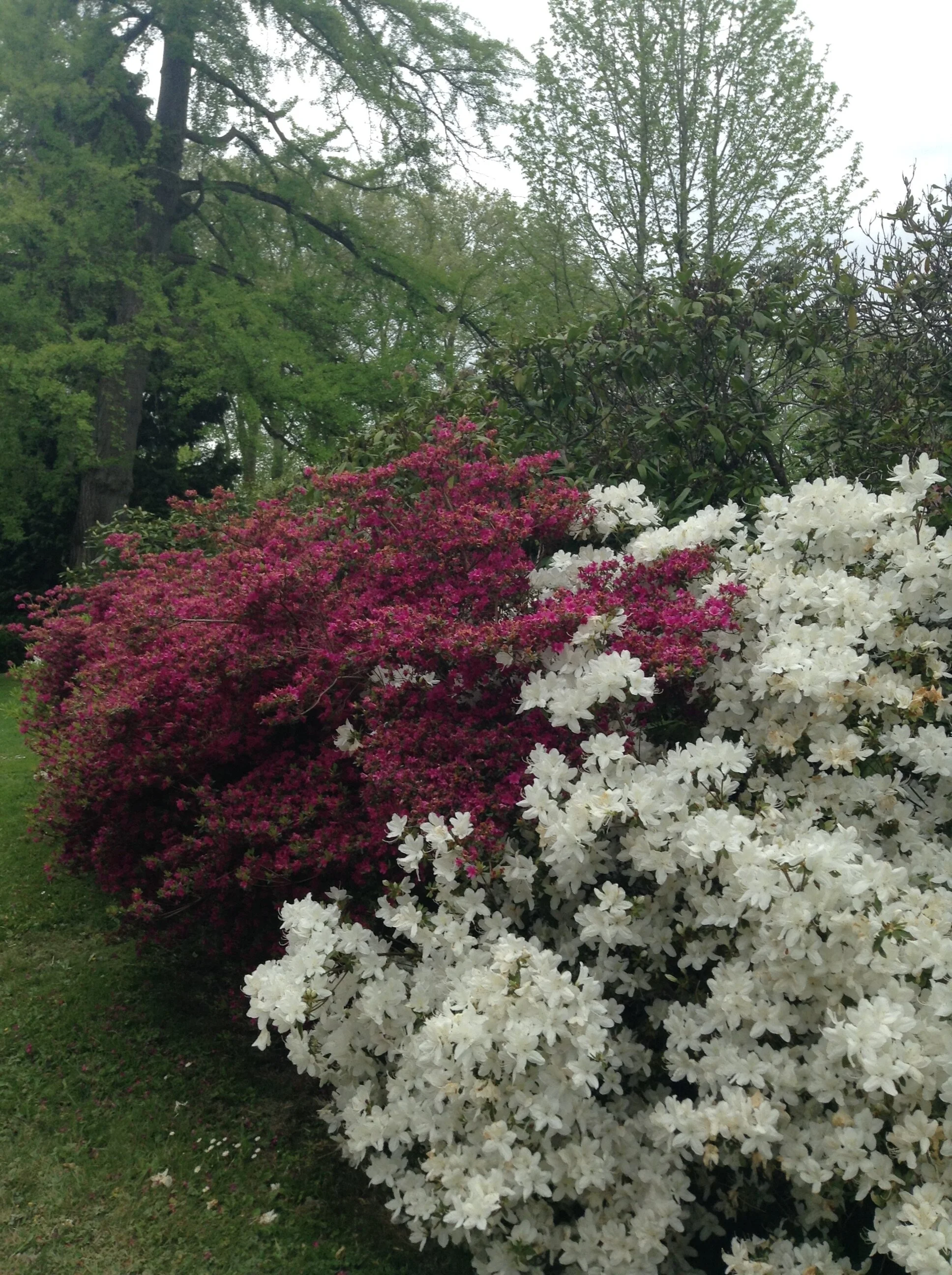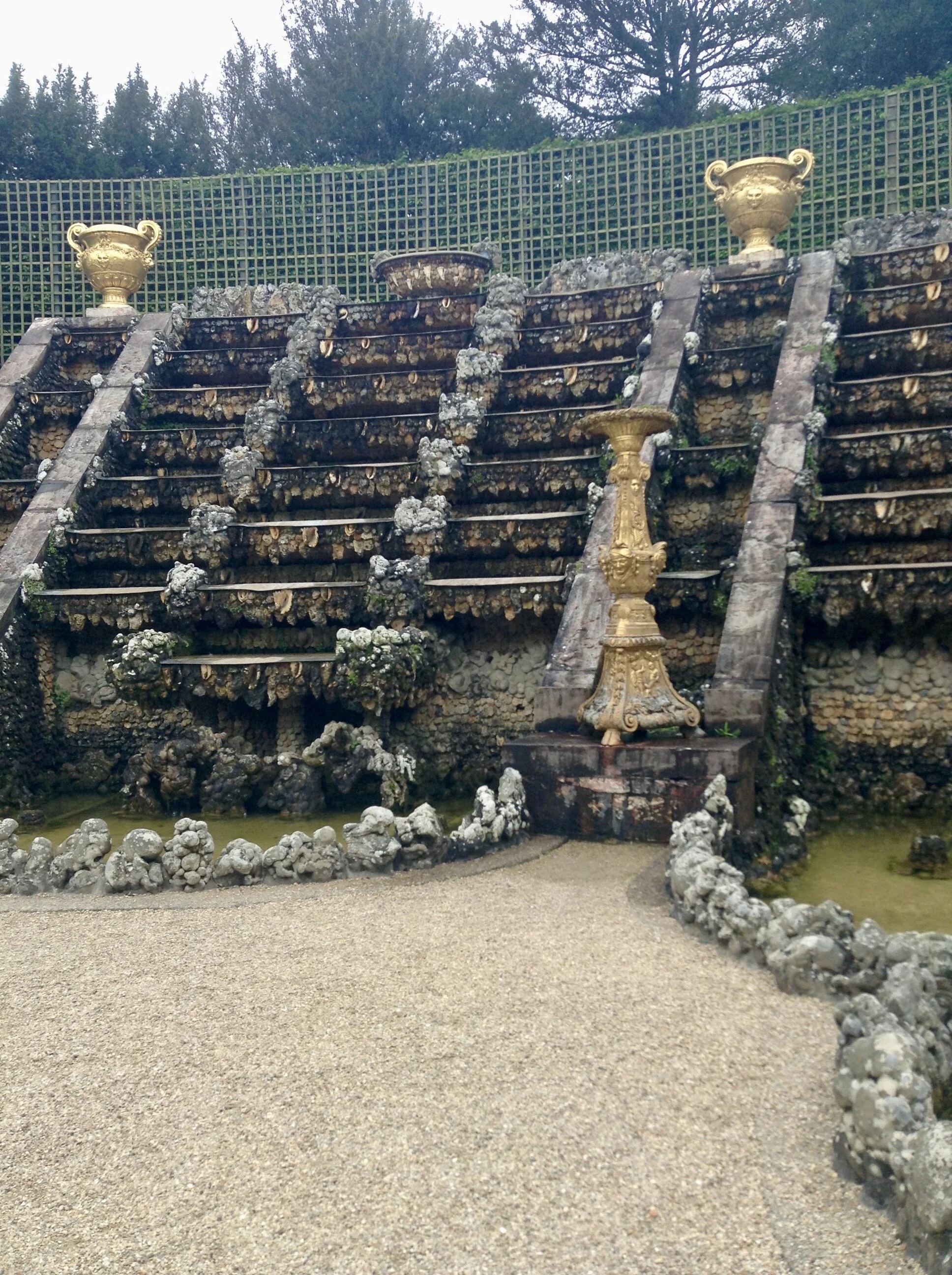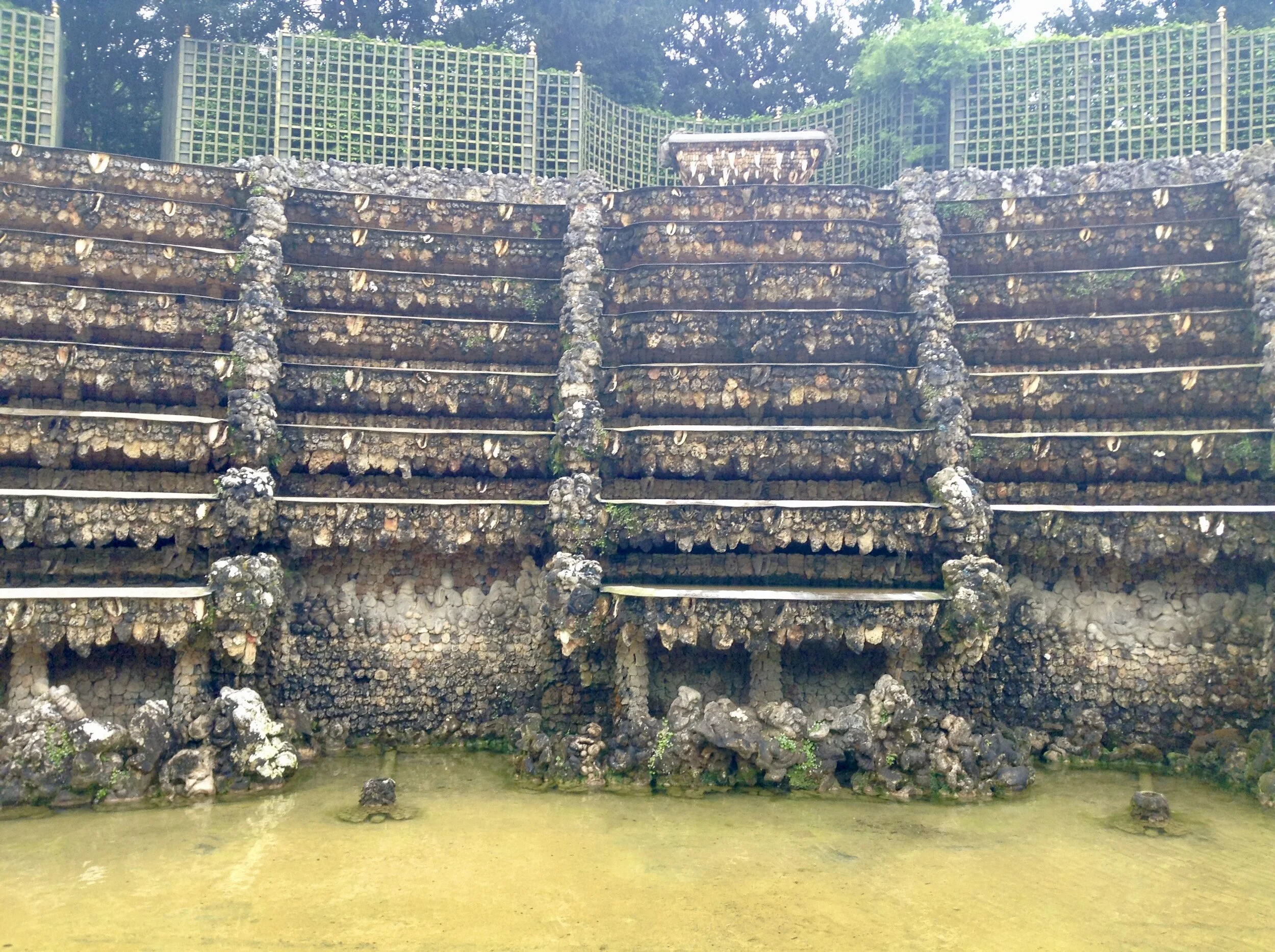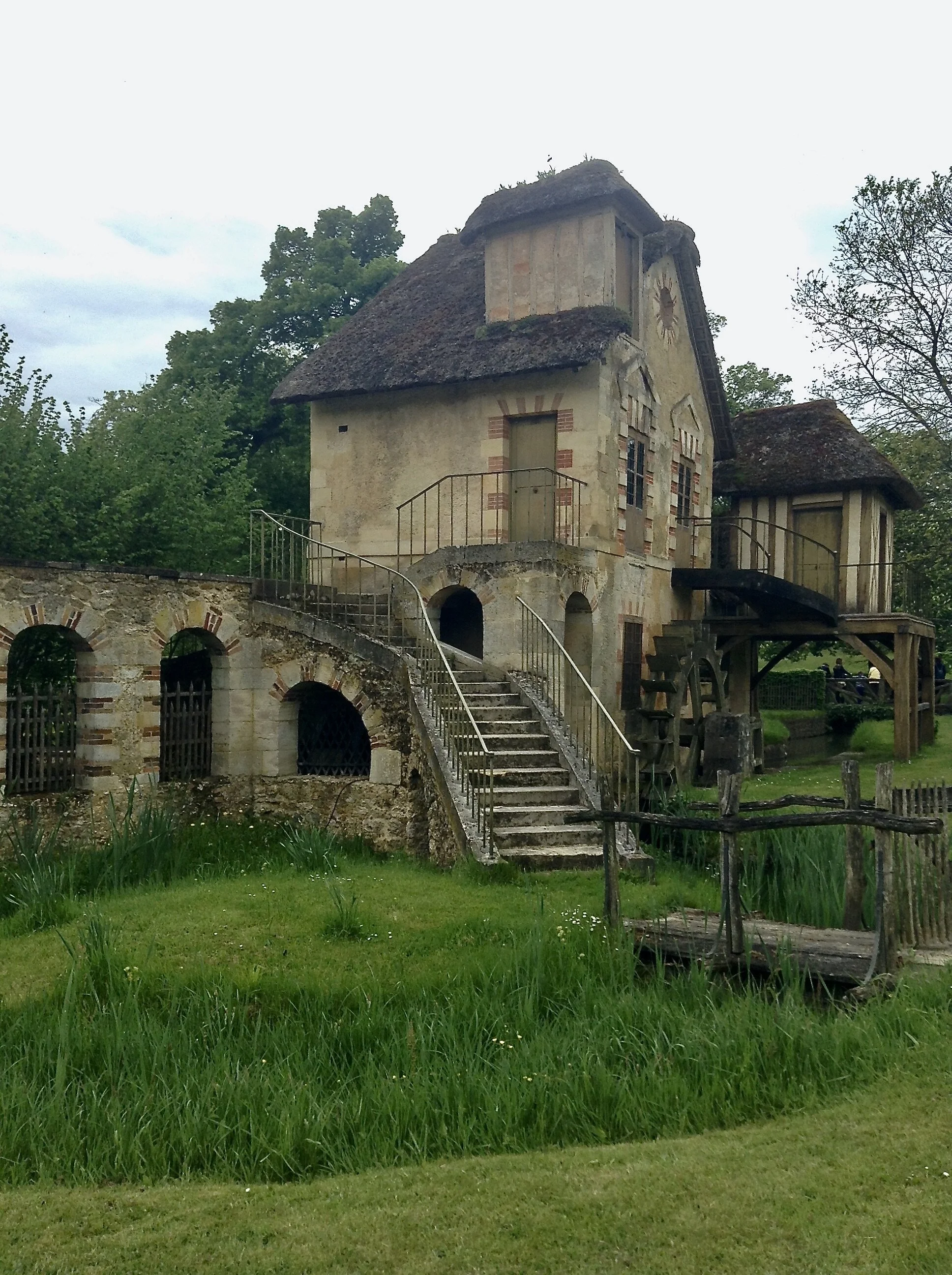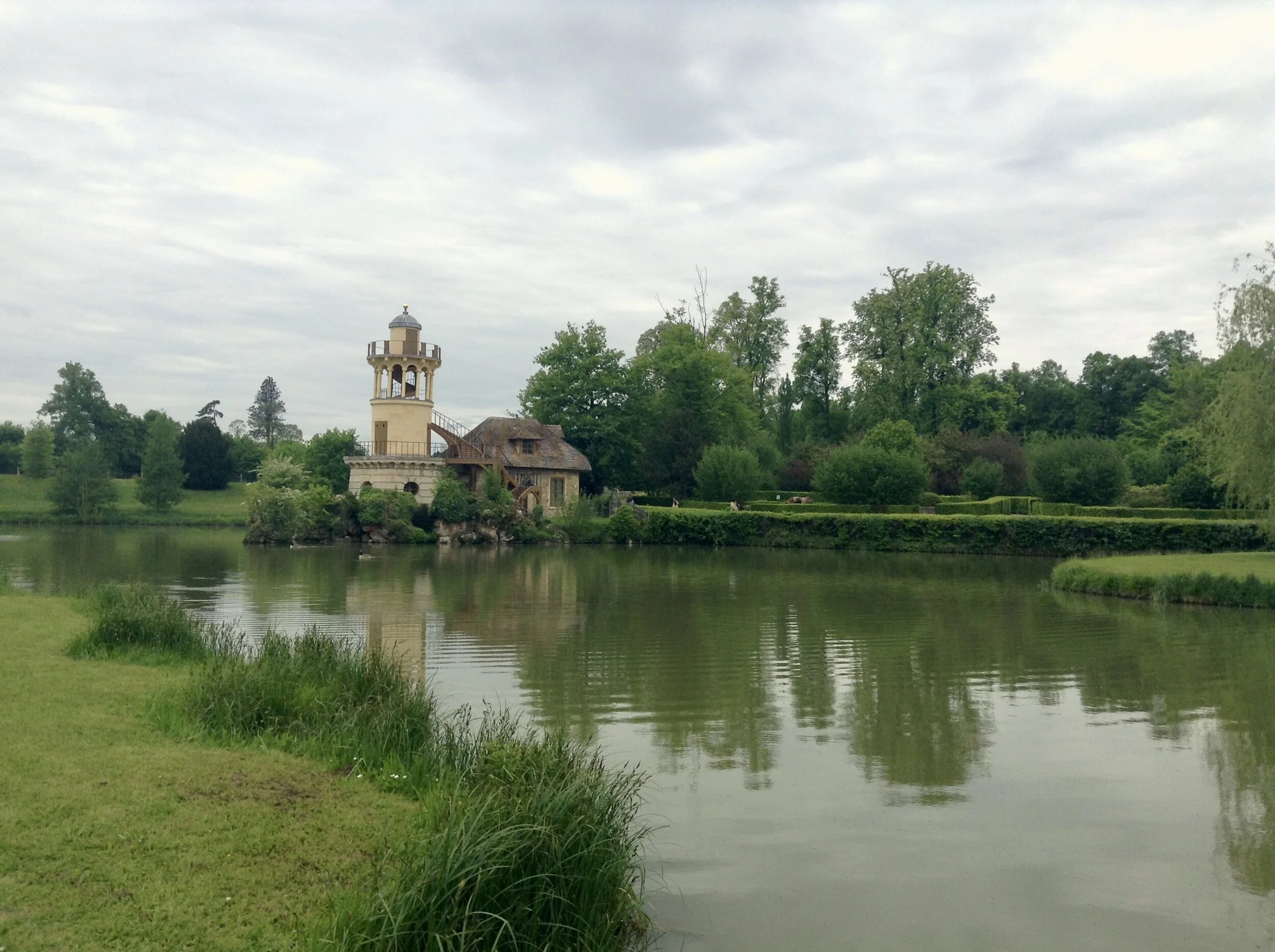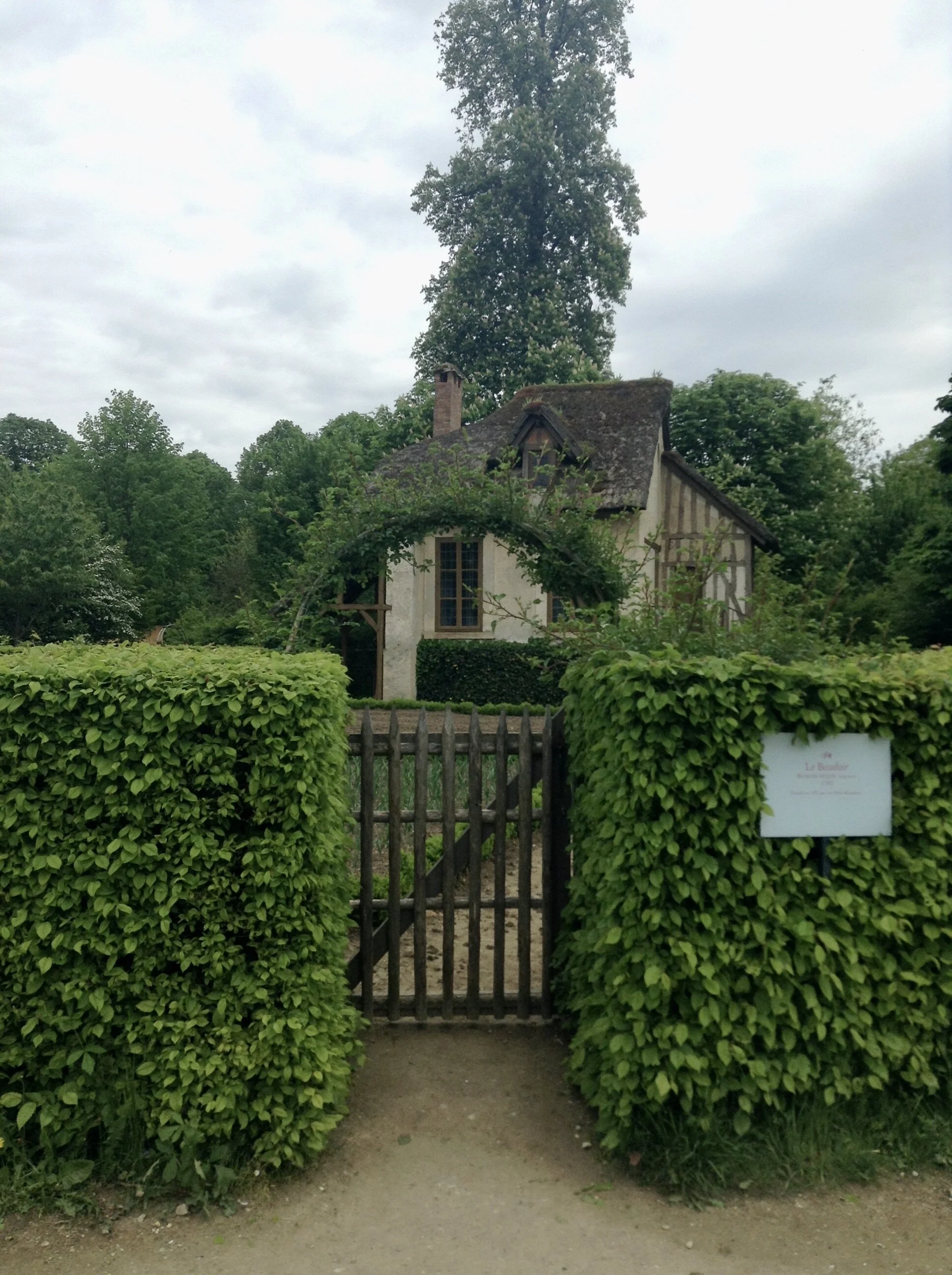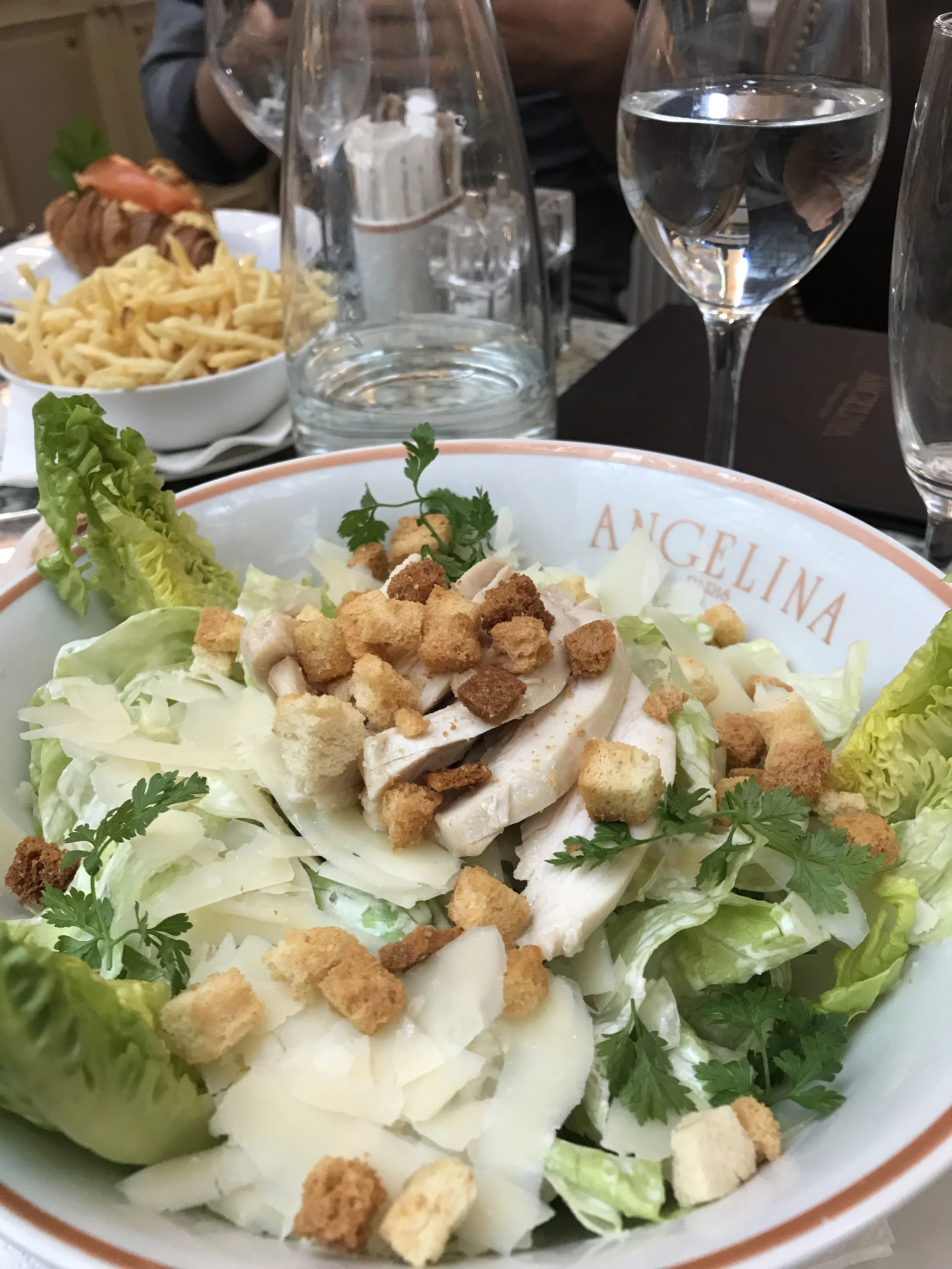Versailles
The Château de Versailles tends to be the first thing that comes to mind when considering a trip outside Paris, and it is definitely worth the visit. When the first words that come to mind are 'opulent' and 'grandeur', it's hardly a wonder why the French revolted against the monarchy. It's a majestic marvel to explore, rich with history. And while the palace itself provides plenty to keep you distracted, most of your visit will be spent wandering the gardens. If you think you've seen them all, think again and keep walking.
A former hunting lodge, King Louis XIV – also known as the sun king – turned this small escape into the epicenter of French court, officially set up in 1682. While it is undoubtable that Louis wanted a grander palace, built to his liking and specifications, part of the decision to move court was to get the French nobles away from the city and/or their lands. This tactic allowed Louis to keep a watchful eye on the nobility and prevented them from establishing any regional power – ultimately limiting all scheming and plotting.
Inside the palace, which is a UNESCO World Heritage Site, take in the King and Queen’s private apartments, as well as the King’s State Apartments - all still excessively adorned. In Marie Antoinette’s bedroom, look out for the secret side door which allowed her to escape when the revolutionaries came for the monarchy in 1789. Of course, it only helped her for so long.
You’ll most likely want to snap a picture in the Grand Chapel, where Marie Antoinette was married to the Dauphin and future King Louis XVI. The chapel is a balanced and elegant blend of gothic architecture with baroque design.
As you stroll through the halls and many rooms, it’s worth taking note of the art, as the palace has an extensive collection with many masters on display. After the revolution, Versailles was turned into a museum – a way to preserve the grandeur without welcoming monarchy.
Sadly you’ll be unlikely to get a picture alone in the Hall of Mirrors, as this is one of the most visited tourists attractions in the world, let alone in France. Versailles sees nearly 10 million visitors each year – 2020 excluded, of course. So expect a stunning marble hall with 357 mirrors and a few hundred tourists as well. The importance of the Hall of Mirrors, where most will stop for a picture, is quite significant, so don’t feel embarrassed if you join the crowds posing for a selfie. It is in this hall that the Treaty of Versailles was signed, officially ending the First World War.
When you have finished exploring inside the palace, you’ll have the opportunity to explore the vast grounds – 800 hectares to be exact. The gardens closest to the palace are full of showstopping fountains, including the Bassin de Neptune and Fountain of Apollo. Of course one should expect nothing less, as these gardens took over 40 years to complete and were under the direction of André le Nôtre. If you are there on the right days, you can enjoy a musical fountain show, which definitely adds an extra element to your visit. The groves are stunning, most designed by Le Nôtre, but some by Mansart, with many of them changing and adopting new styles over the years. And you cannot skip the Orangerie, which will make for excellent photo memories.
Many tend to skip the Trianon Estates (Trianon Palace and Petit Trianon) and the Queen’s Hamlet, which are towards the back of the gardens/palace grounds. They may seem like a far walk – they are, let’s be honest – but it's definitely worth visiting these mini palaces, which acted as private homes and hunting lodges. The Hamlet, which is approximately a 40-minute walk from the palace, was built specifically for Marie Antoinette; her idea of an idyllic country retreat. It was her personal escape from the intrigue and drama at court, a place for her to hide with her closest friends and relax. There is even a little farm surrounding the Queen’s Hamlet, used to supply the kitchens with food for the queen and her guests.
Eating at Versailles
Even if you start bright and early at the palace, realistically you’ll still be in Versailles for lunch. And if you walk the full length of the grounds, which is over 10km, it’s inevitable that you’ll want (or need) a little energy boost.
There are a few options within the palace grounds for food, though most tend to run on the pricier side. If you’re looking for a taste of opulence fit for king or queen, you’ll find befitting options at the castle, including a 2-starred Michelin restaurant. Alternatively, some people prefer to just grab a small bite from one of the garden cafes ,or even bring their own food for a picnic on the grounds. All are great options, as is choosing to dine in the town of Versailles at one of the local restaurants.
If you’d like a nice sit down meal, full service and at the palace, it may be worth trying Ore by Alain Ducasse – a famous French chef who has created a perfectly balanced menu full of French staples for your enjoyment. Ore is open throughout the day, including breakfast, lunch, and a for a lighter afternoon menu. Built into the Dufour Pavilion, overlooking the Royal Courtyard, Ore is perhaps best in the early summer mornings, where you can enjoy the breakfast special for €40, which includes a ‘Passport Ticket’ and shortcut entry into the palace, along with a hot or iced beverage, fresh juice, toasted ficelle bread with confiture, three mini viennoiseries (i.e. croissants, pain au chocolat, etc.), and two organic eggs – pan seared or scrambled – with sausages and roasted tomatoes. You can order à la carte for breakfast as well, as you can with any meal at Ore, but there is something nice about getting to the palace early, having a lovely peaceful breakfast served to you, before joining the masses and taking in the palace.
Au Trianon by Gordon Ramsay is the Michelin-starred restaurant on site, which only offers dinner and requires smarter dress. Understandable, as the 5 or 7-course meals starts at over €100 per person. If you feel like splurging, but in a much smaller and more affordable way, you can opt for Angelina instead, which is less painful for the wallet yet still quite indulgent. There is a larger branch of this café located on the main floor of the palace with a more expansive menu, or a smaller outdoor café in the gardens, near Petit Trianon. Here you can partake in a decadent hot chocolate or try their signature Mont-Blanc. You will also find lovely fresh salads, sandwiches, and soup to keep you satiated.
Other Important Information and Helpful Hints
Hours and Admission often change annually, check here for the most up to date information
Admission is cheaper when booked online and in advance, and you can book a guaranteed entry time which will help you bypass long lines. When purchasing your tickets in advance, it’s worth paying extra to skip the line option. Of course, all “skip the line” options will still have a queue but it will be shorter than for those who just show up at the palace to purchase tickets.
When buying train tickets to Versailles in the morning, purchase round-trip tickets. This will save time at the end of your day when you’re returning to the city, allowing you to skip long lines of visitors purchasing their RER tickets. It also prevents you from standing around waiting in a crowded station, which provides pickpockets the perfect opportunity to snatch a wallet.
Be prepared for crowds and people attempting their best selfies (thankfully selfie-sticks are not welcome inside the palace). It will always be busy, but the earlier you go the less people you'll have to endure. Going for 10:30am or later guarantees long lines and crowds.
Consider spending time in the town of Versailles. While most flock there for the palace, the town center is lovely with little shops, restaurants and markets. It'd be a shame to miss out on the town's real culture and mistake Versailles for strictly being the home to one of the greatest palaces ever built.
If you're not open to getting an audio guide or a tour guide, considering doing a quick read of the history of the palace and some of the most important things to occur there - knowing the history and politics of Versailles' construction make for a much more engaging visit.
If you have multiple days to choose from, allowing you freedom in when you visit the palace, try and choose a Tuesday. Or if visiting in the summer, visit on a Tuesday, Thursday or Friday. Throughout the year on Tuesday’s and weekends, there is a musical fountain show in the gardens which will add to your visit and highlights the fountains. As weekends will always be more busy for visiting, its ideal to go on a weekday and by going on Tuesday (or Thursday and Friday if its summer), you will have a smaller crowd and the pleasure of roaming the gardens with music.
Getting to Versailles
There are a few options for how you can get to the famed palace, all an easy option on Paris' public transit.
· Option 1: Take the RER Line C to station Versailles Chateau- Rive Gauche. It is a 10-minute walk to the castle from the station.
· Option 2: Take the train from Gare Montparnasse (SNCF trains) to the Versailles Chantiers train station. It is an 18 minute walk to the castle from the station.
· Option 3: Take the train from Gare Saint Lazare (SNCF trains) to the Versailles Rive Droite train station. It is a 17 minute walk to the castle from the station.
What to Watch Before Visiting Versailles




